Product Liability

|
This refers to the civil liability of a manufacturer for damages that must be borne by the manufacturer when a user of a product suffers damage to life, body, or property due to a defect in the product. Abbreviated as PL. The law concerning product liability is called the Product Liability Act or PL Law. Under the principles of modern law, manufacturers were not liable for damages caused to others by defects in their products unless they were negligent (principle of liability for negligence, Article 709 of the Civil Code). However, as society became more advanced, products with special dangers began to be distributed in large quantities on the market, and on the other hand, situations arose in which manufacturers could not prevent damages from occurring due to the special dangers no matter how careful they were. As a result, it became strongly felt that it was fair to hold manufacturers, such as companies that make profits by producing and distributing dangerous products, strictly liable for damages caused to consumers by defects in their products, and the legal concept of "product liability" was born, which holds manufacturers liable for damages if there is an objective product defect and damage caused by it. It originated in the United States, where the concept of "strict liability" based on no-fault liability was proposed in the early 1960s and was first adopted by the California Supreme Court in 1963. In the 1970s, drug-related incidents and aircraft accidents sparked debate within the European Community (EC), and an EC Directive on defective products was adopted by the EC Council of Ministers in 1985. In Japan, discussions on product liability began in the wake of food-related drug-related incidents such as the "Arsenic Milk Incident" and the "Thalidomide Lawsuit" in the 1950s, and pollution problems that became serious from the 1960s onwards, and the "Product Liability Act (Act No. 85 of 1994)", based on no-fault liability, was passed by the Diet in 1994, and came into effect on July 1, 1995. Around the time the Product Liability Law came into force, private companies began to directly contribute funds to industry associations or to establish foundations, and organizations called Product Liability Centers began to be set up for each product category (Pharmaceutical Product Liability Center, Home Appliance Product Liability Center, Automobile Product Liability Consultation Center, Housing Components Product Liability Center, Toys Product Liability Center, etc.). Although the content of each center's work differs, they accept consultations about products and act as arbitrators, mediators, or arbitrators for the resolution of disputes. In addition to private Product Liability Centers, consumer life centers established in prefectures, cities, towns, and villages across the country also accept consultations about Product Liability accidents through specialized counselors, and for important cases, a complaint handling committee is established to consider the content of the complaint. [Naoki Kinomoto] Product liability under international private lawAccording to Article 18 of the Act on General Rules for Application of Laws (Act No. 78 of 2006), which is a private international law code in Japan, product liability (which includes agricultural products and has a broader scope than Japan's Product Liability Act) is governed by the law of the place where the victim receives the product, but if the delivery of the product in that place is generally unforeseeable, the law of the location of the principal office of the producer (a person who produces, processes, imports, distributes, or sells a product as a business, or a person who has marked the product in a way that identifies the producer) is governed. This rule is based on the idea that if the law of the place where the producer's market is applied, it is possible to calculate risks and take measures such as taking out liability insurance, but if the law of a place other than that is applied, it would be an unforeseeable burden on the business operator, which is considered unreasonable. Although the governing law for product liability is set forth in this way, it is not definitively the governing law, and in the case of another place that is clearly more closely related in light of circumstances such as the parties having habitual residence in a place with the same law at the time of the tort, or the tort being committed in violation of obligations based on a contract between the parties, the law of that other place shall apply. This is an expression of the legislative intention to ensure the application of the law of the place with the closest relationship, but it has the disadvantage that the governing law for tort is not clearly known, and for example, the playing field for settlement negotiations is not determined. The parties to a tort may, after the tort has been committed, by agreement, change the governing law for the establishment and effect of the tort (General Rules for Application of Laws, Article 21, main text). However, if the change in governing law would harm the interests of a third party, the change cannot be asserted against that third party (Proviso, Article 21). Since tort claims are also property rights, the parties are allowed to dispose of them in substantive law, and so, in private international law, the governing law may also be changed as long as it does not infringe on the rights of third parties. However, this change can also be made implicitly. For example, even if the governing law is originally the law of country A, if both parties assert that the law of country B is the premise in settlement negotiations or litigation, the governing law may be changed to the law of country B, which may cause confusion, such as a party who will be disadvantaged by the change claiming that the change was made by mistake. In addition, if a lawyer is representing the party, there is a risk of malpractice, and so there is criticism of this as a legislative theory. Because torts are closely related to the public interest, it is said that the application of foreign law may be harmful to public order, and Article 22 of the General Rules for Application of Laws states that even when a foreign law is the applicable law and a tort is recognized, claims for damages, etc. are not recognized unless the act is also a tort under Japanese law (Article 22, paragraph 1 of the same Act), and even when a tort is also a tort under Japanese law, only damages, etc. recognized under Japanese law may be claimed (Article 22, paragraph 2 of the same Act). [Masato Michigauchi May 19, 2016] [References] | | | | | | | | |Source: Shogakukan Encyclopedia Nipponica About Encyclopedia Nipponica Information | Legend |
|
製造物の欠陥によって製造物の使用者が生命・身体・財産などに損害を受けた場合に、製造業者が民事的に負担しなければならない損害賠償責任のこと。略称PL。製造物責任に関する法律を製造物責任法あるいはPL法とよぶ。 近代法の原則では、製造業者は過失というおちどがないかぎり製造物の欠陥によって他人に損害を与えても賠償責任を負うことはなかった(過失責任の原則、民法709条)。ところが、社会の高度化に伴って特殊な危険をはらむ製品が大量に市場に流通するようになり、他方で特殊な危険ゆえに製造業者がいかに注意を払っても損害の発生を防止できないという事態が発生するに至った。そこで危険物を生産流通させ利益を得ている企業などの製造業者に対し、製造物の欠陥によって消費者に発生した損害について厳格な責任を負わせることが公平であると強く意識されるようになり、客観的な製造物の欠陥とこれによる損害の発生があれば製造業者が賠償責任を負う「製造物責任」という法概念が生まれたのである。起源はアメリカ合衆国で、1960年代初頭に無過失責任を基本とする「厳格責任」という概念が提唱され、1963年にカリフォルニア州最高裁判所で採用されたのが最初である。 1970年代には薬害事件や航空機事故などを契機にEC(ヨーロッパ共同体)諸国においても議論がなされ、1985年に欠陥製造物についてのEC指令がEC閣僚理事会にて採択された。日本では、昭和30年代に発生した「ヒ素ミルク事件」「サリドマイド訴訟」などの食品薬害事件、昭和40年代以降深刻となった公害問題をきっかけに製造物責任についての議論が始まり、無過失責任を基本とした「製造物責任法(平成6年法律第85号)」が1994年(平成6)に国会で成立、翌1995年7月1日より施行されている。 PL法の施行と前後して、民間の企業が業種団体ごとに直接資金を拠出したり、財団法人を設立したりして、PLセンターとよばれる機関が製品分野別に設置されるようになった(医薬品PLセンター、家電製品PLセンター、自動車製造物責任相談センター、住宅部品PLセンター、玩具PLセンター等)。それぞれのセンターによって業務内容は異なるが、製品についての相談を受け付け、紛争解決の斡旋(あっせん)、調停、あるいは裁定を行っている。なお、民間のPLセンターとは別に、全国の都道府県市町村等に設置されている消費生活センターでもPL事故について専門相談員による相談を受け付け、重要案件については苦情処理委員会が苦情内容を検討する仕組みとなっている。 [木ノ元直樹] 国際私法上の生産物責任(製造物責任)日本の国際私法典である「法の適用に関する通則法」(平成18年法律第78号)第18条によれば、生産物責任(これは農産物も含む趣旨であり日本の製造物責任法よりも範囲が広い)については、被害者が生産物の引渡しを受けた地の法によるが、その地における生産物の引渡しが通常予見できないものであるときは、生産業者等(生産物を業として生産・加工・輸入・流通・販売した者および生産物にその生産業者と認めることができる表示をした者)の主たる事務所の所在地法によるとされている。このルールは、生産業者等が市場としている地の法が適用されるのであればリスク計算をすることができ、責任保険をかける等の措置をとることも可能であるが、そうでない地の法が適用されると事業者に予見できない負担となり、不合理であると考えられたことに基づくものである。 生産物責任の準拠法はこのように一応定められているものの、それが確定的に準拠法とされるわけではなく、不法行為の当時に当事者が法を同じくする地に常居所を有していたとか、当事者間の契約に基づく義務に違反して不法行為が行われたといった事情などに照らして、明らかにより密接に関係する他の地があるときは、当該他の地の法によるとされている。これは、最密接関係地法の適用を確保しようとする立法意思の表れであるが、不法行為の準拠法が明確にはわからず、たとえば和解交渉の土俵が定まらないというデメリットがある。 不法行為の当事者は、不法行為後であれば、合意により不法行為の成立・効力の準拠法を変更することができる(法の適用に関する通則法21条本文)。ただし、その準拠法変更が第三者の利益を害することとなるときは、その変更をその第三者に対抗することができない(同法21条但書)。不法行為債権も財産権であることから、実質法上、当事者による処分が認められるのと同様に、国際私法上も、第三者の権利を侵害しない限り、準拠法の変更を認めてよいとの考えに基づくものである。しかし、この変更は黙示的にも可能であり、たとえば、本来の準拠法がA国法であっても、和解交渉や訴訟において、両当事者がB国法を前提とする主張をしていると準拠法はB国法に変更されたとされる可能性があり、その変更によって不利益を被ることになる当事者から錯誤による変更であるとの主張が出てくるといった混乱も予想される。また、弁護士が代理しているとすれば、弁護過誤になるおそれもあることから、立法論としての批判もある。 不法行為は公益とのつながりが深いことから、外国法の適用が公序を害するおそれがあるとされ、法の適用に関する通則法第22条は、外国法が準拠法とされ、不法行為の成立が認められるときであっても、日本法上も不法行為になるのでなければ損害賠償等の請求は認めず(同法22条1項)、また、日本法上も不法行為となるときであっても、日本法上認められる損害賠償等しか請求することができないとされている(同法22条2項)。 [道垣内正人 2016年5月19日] [参照項目] | | | | | | | | |出典 小学館 日本大百科全書(ニッポニカ)日本大百科全書(ニッポニカ)について 情報 | 凡例 |
>>: Star Image Test - Star Image Test
Recommend
Poetry - Eibutsu-shi (English)
The name of a Chinese style of poetry. Written poe...
Steel-framed building
A structure in which the main framework is formed ...
Pinctada maxima (English spelling)
...The pearl oyster belongs to the family of pear...
Childcare leave - childcare leave
This is leave for childcare, and eligible workers...
Black-legged groundhog - Black-legged groundhog
...They are attracted to lights, and on summer ni...
borgate Romane
…In parallel with this, the share of industrial p...
Ten Kinds of Monkeys - Enou Jishū
...For example, the Onoe Kikugorou family (Otoway...
O'Mahony, J.
...The Fenian Brotherhood was formed in the Unite...
The King's Mirror (English: Konungsskuggsjá)
A book on morality from medieval Norway. The autho...
Permanent income
…After World War II, the so-called consumption fu...
《Entretien sur la pluralité du monde》 (English notation)
…For him, a modernist who embraced the idea of ...
Turf maze
...Today, remains of these can be seen in places ...
Graphiurus murinus (English spelling)
…It is designated as a national natural monument....
Okazaki Castle Town
...The population has increased rapidly since aro...
Hypoglycemia
Definition and Concept 1) Mechanism of increasing ...
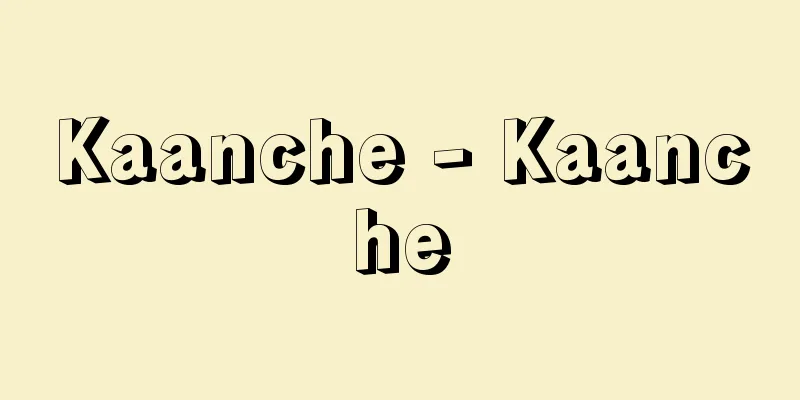
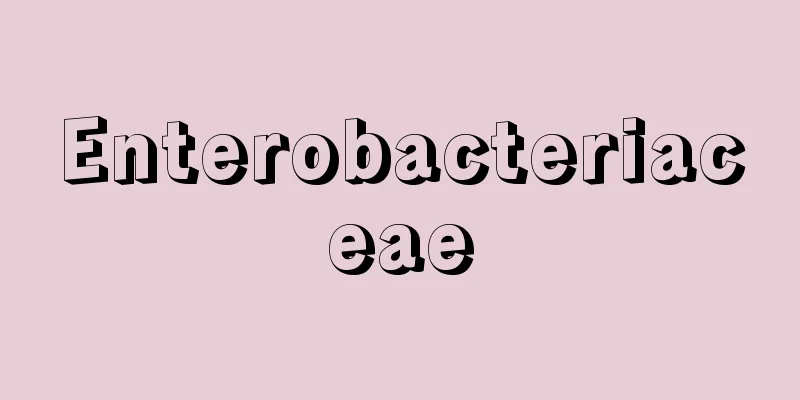
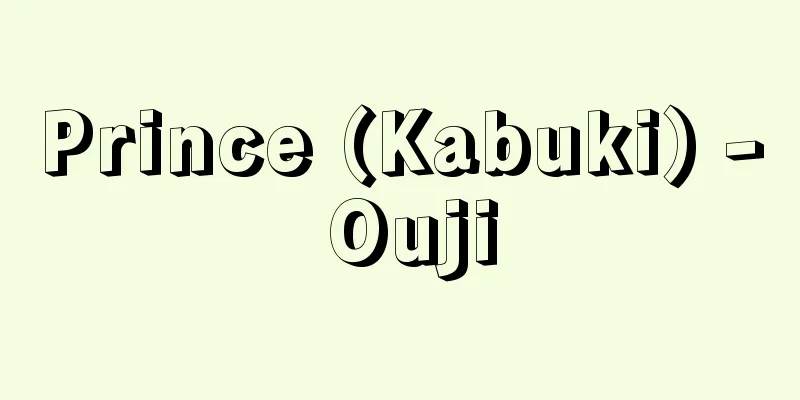
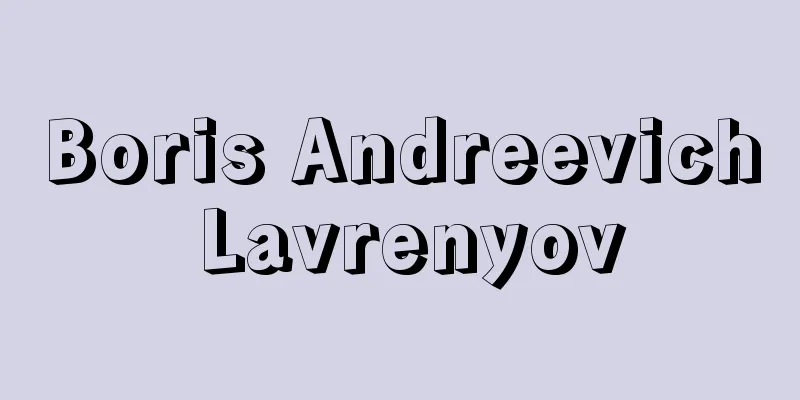

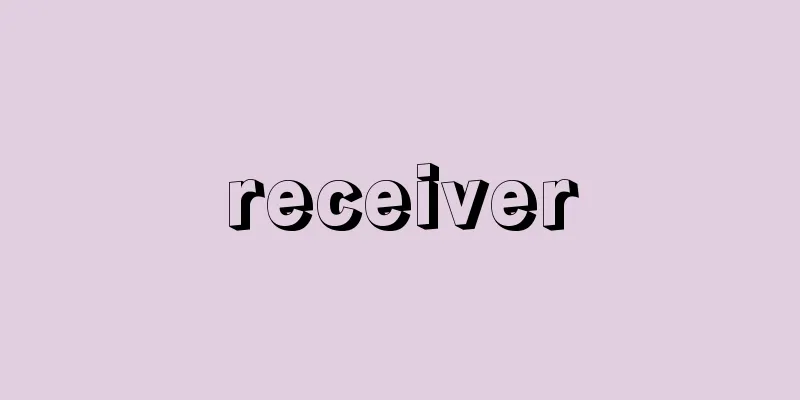



![Niseko [town] - Niseko](/upload/images/67cc6df419bd0.webp)